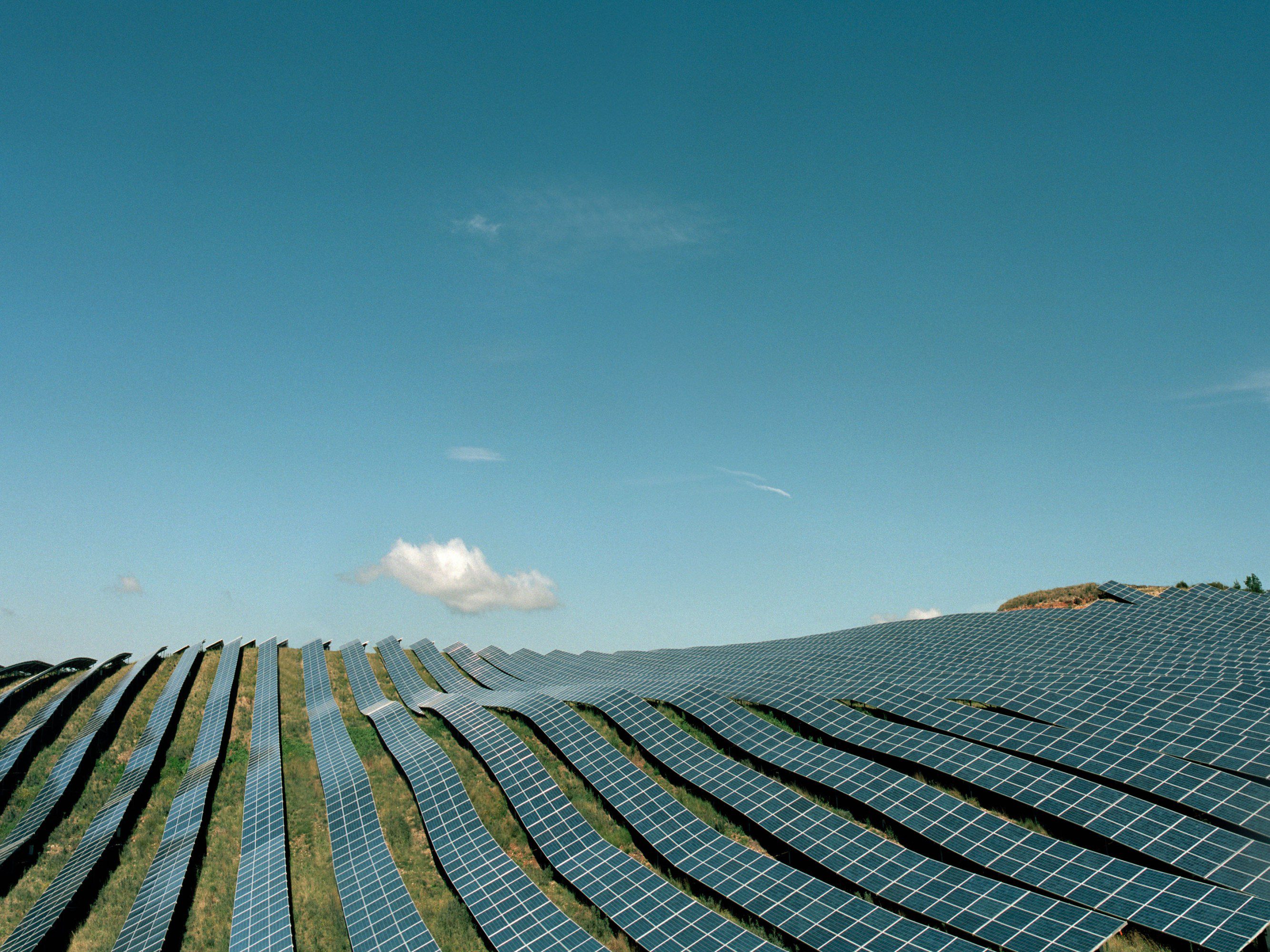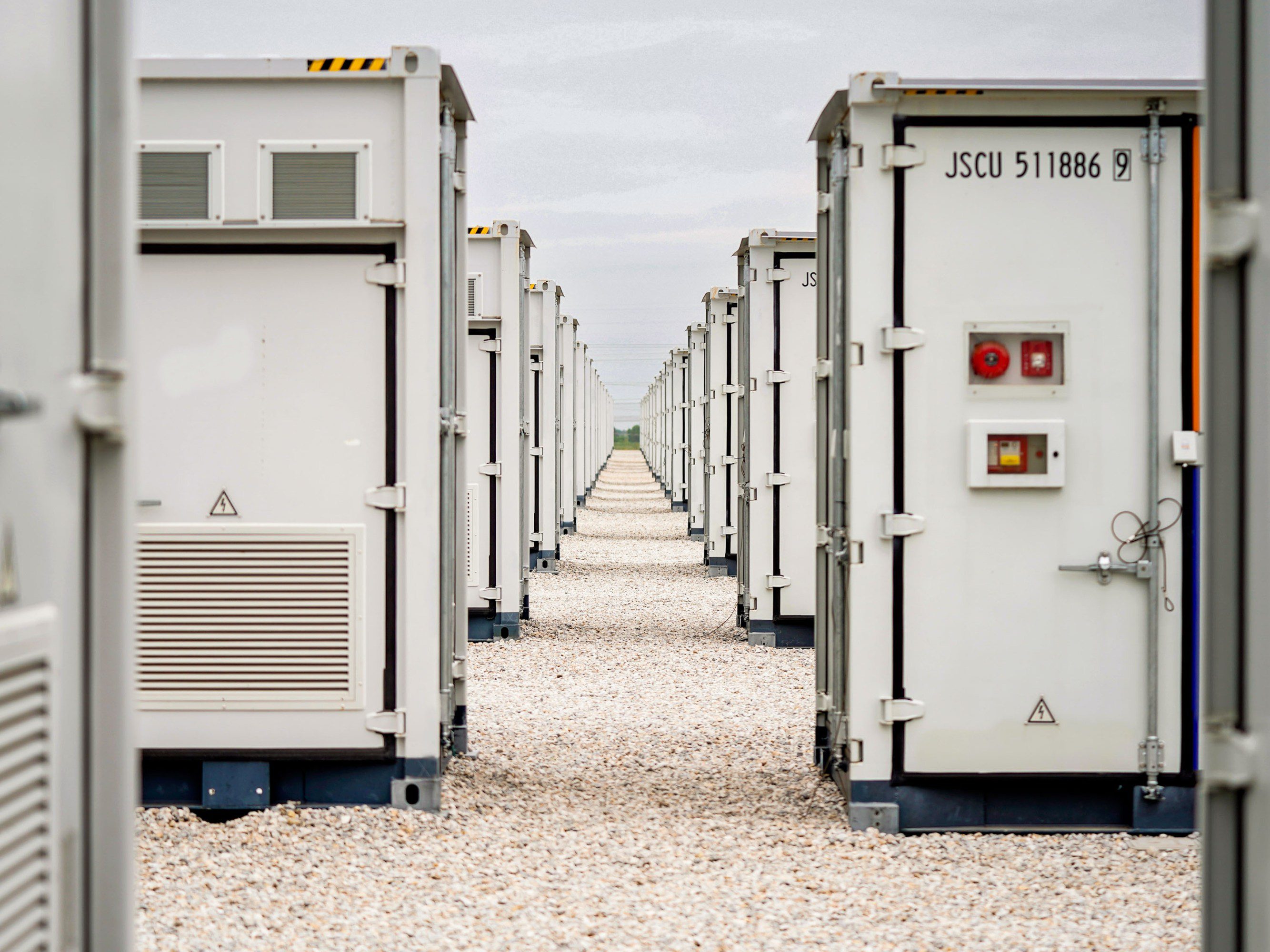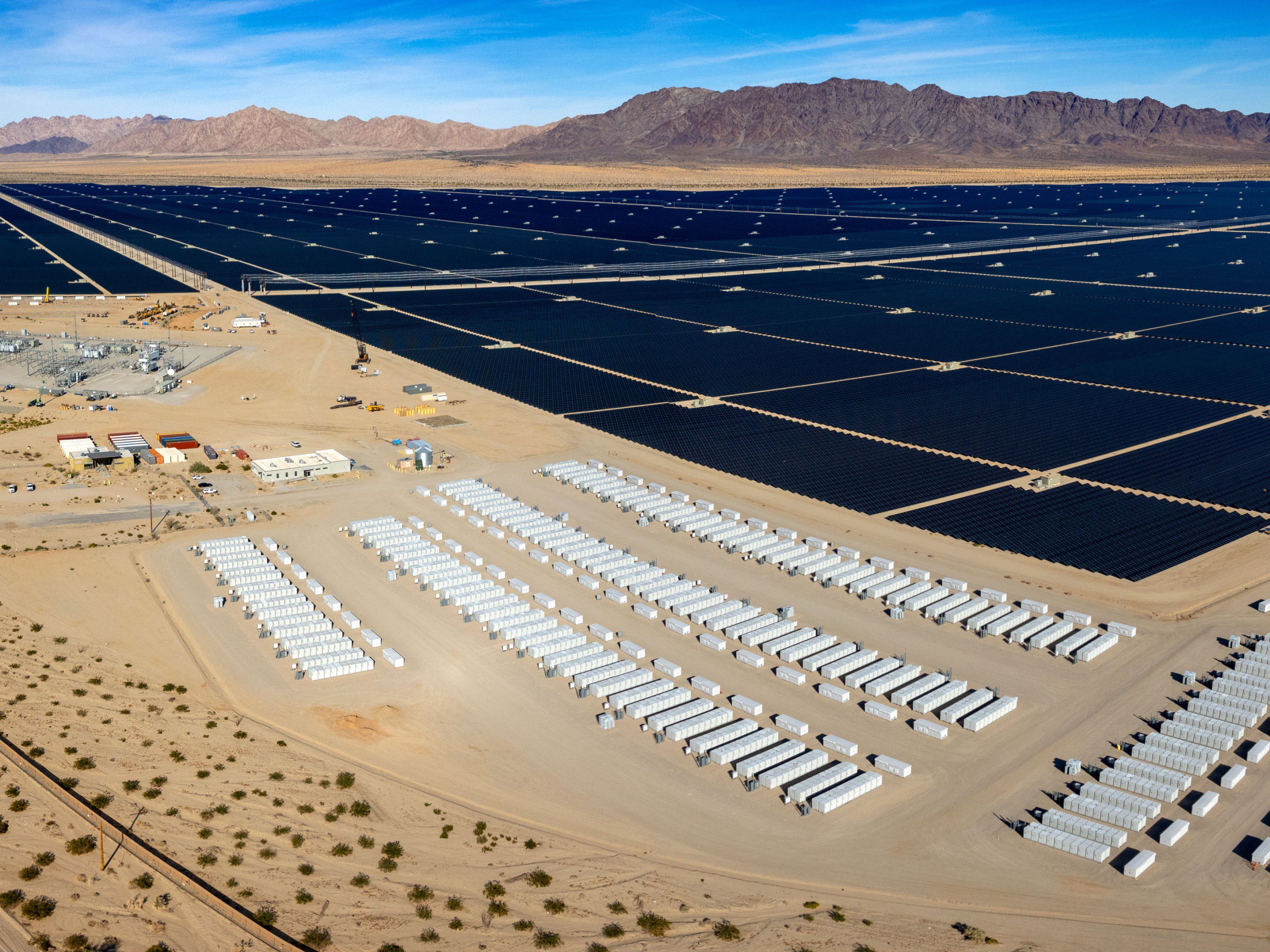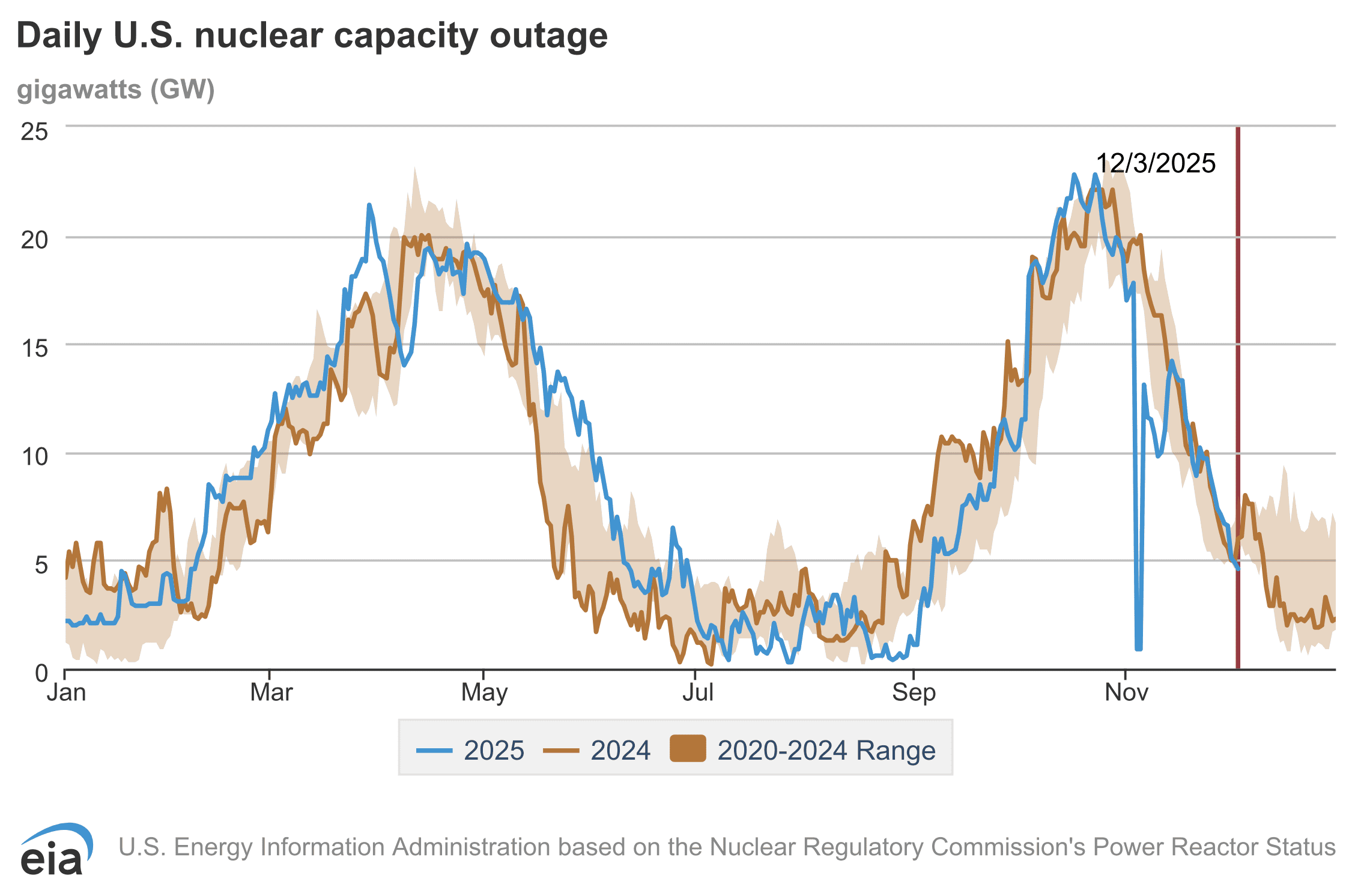Four bright spots in climate news in 2025
Climate news hasn’t been great in 2025. Global greenhouse-gas emissions hit record highs (again). This year is set to be either the second or third warmest on record. Climate-fueled disasters like wildfires in California and flooding in Indonesia and Pakistan devastated communities and caused billions in damage.
In addition to these worrying indicators of our continued contributions to climate change and their obvious effects, the world’s largest economy has made a sharp U-turn on climate policy this year. The US under the Trump administration withdrew from the Paris Agreement, cut funds for climate research, and scrapped billions of dollars in funding for climate tech projects.
We’re in a severe situation with climate change. But for those looking for bright spots, there was some good news in 2025. Here are a few of the positive stories our climate reporters noticed this year.
China’s flattening emissions

One of the most notable and encouraging signs of progress this year occurred in China. The world’s second-biggest economy and biggest climate polluter has managed to keep carbon dioxide emissions flat for the last year and a half, according to an analysis in Carbon Brief.
That’s happened before, but only when the nation’s economy was retracting, including in the midst of the covid-19 pandemic. But emissions are now falling even as China’s economy is on track to grow about 5% this year, and electricity demands continue to rise.
So what’s changed? China has now installed so much solar and wind, and put so many EVs on the road, that its economy can continue to expand without increasing the amount of carbon dioxide it’s pumping into the atmosphere, decoupling the traditional link between emissions and growth.
Specifically, China added an astounding 240 gigawatts of solar power capacity and 61 gigawatts of wind power in the first nine months of the year, the Carbon Brief analysis noted. That’s nearly as much solar power as the US has installed in total, in just the first three quarters of this year.
It’s too early to say China’s emissions have peaked, but the country has said it will officially reach that benchmark before 2030.
To be clear, China still isn’t moving fast enough to keep the world on track for meeting relatively safe temperature targets. (Indeed, very few countries are.) But it’s now both producing most of the world’s clean energy technologies and curbing its emissions growth, providing a model for cleaning up industrial economies without sacrificing economic prosperity—and setting the stage for faster climate progress in the coming years.
Batteries on the grid



It’s hard to articulate just how quickly batteries for grid storage are coming online. These massive arrays of cells can soak up electricity when sources like solar are available and prices are low, and then discharge power back to the grid when it’s needed most.
Back in 2015, the battery storage industry had installed only a fraction of a gigawatt of battery storage capacity across the US. That year, it set a seemingly bold target of adding 35 gigawatts by 2035. The sector passed that goal a decade early this year and then hit 40 gigawatts a couple of months later.
Costs are still falling, which could help maintain the momentum for the technology’s deployment. This year, battery prices for EVs and stationary storage fell yet again, reaching a record low, according to data from BloombergNEF. Battery packs specifically used for grid storage saw prices fall even faster than the average; they cost 45% less than last year.
We’re starting to see what happens on grids with lots of battery capacity, too: in California and Texas, batteries are already helping meet demand in the evenings, reducing the need to run natural-gas plants. The result: a cleaner, more stable grid.
AI’s energy funding influx



The AI boom is complicated for our energy system, as we covered at length this year. Electricity demand is ticking up: the amount of power utilities supplied to US data centers jumped 22% this year and will more than double by 2030.
But at least one positive shift is coming out of AI’s influence on energy: It’s driving renewed interest and investment in next-generation energy technologies.
In the near term, much of the energy needed for data centers, including those that power AI, will likely come from fossil fuels, especially new natural-gas power plants. But tech giants like Google, Microsoft, and Meta all have goals on the books to reduce their greenhouse-gas emissions, so they’re looking for alternatives.
Meta signed a deal with XGS Energy in June to purchase up to 150 megawatts of electricity from a geothermal plant. In October, Google signed an agreement that will help reopen Duane Arnold Energy Center in Iowa, a previously shuttered nuclear power plant.
Geothermal and nuclear could be key pieces of the grid of the future, as they can provide constant power in a way that wind and solar don’t. There’s a long way to go for many of the new versions of the tech, but more money and interest from big, powerful players can’t hurt.
Good news, bad news



Perhaps the strongest evidence of collective climate progress so far: We’ve already avoided the gravest dangers that scientists feared just a decade ago.
The world is on track for about 2.6 °C of warming over preindustrial conditions by 2100, according to Climate Action Tracker, an independent scientific effort to track the policy progress that nations have made toward their goals under the Paris climate agreement.
That’s a lot warmer than we want the planet to ever get. But it’s also a whole degree better than the 3.6 °C path that we were on a decade ago, just before nearly 200 countries signed the Paris deal.
That progress occurred because more and more nations passed emissions mandates, funded subsidies, and invested in research and development—and private industry got busy cranking out vast amounts of solar panels, wind turbines, batteries, and EVs.
The bad news is that progress has stalled. Climate Action Tracker notes that its warming projections have remained stubbornly fixed for the last four years, as nations have largely failed to take the additional action needed to bend that curve closer to the 2 °C goal set out in the international agreement.
But having shaved off a degree of danger is still demonstrable proof that we can pull together in the face of a global threat and address a very, very hard problem. And it means we’ve done the difficult work of laying down the technical foundation for a society that can largely run without spewing ever more greenhouse gas into the atmosphere.
Hopefully, as cleantech continues to improve and climate change steadily worsens, the world will find the collective will to pick up the pace again soon.


